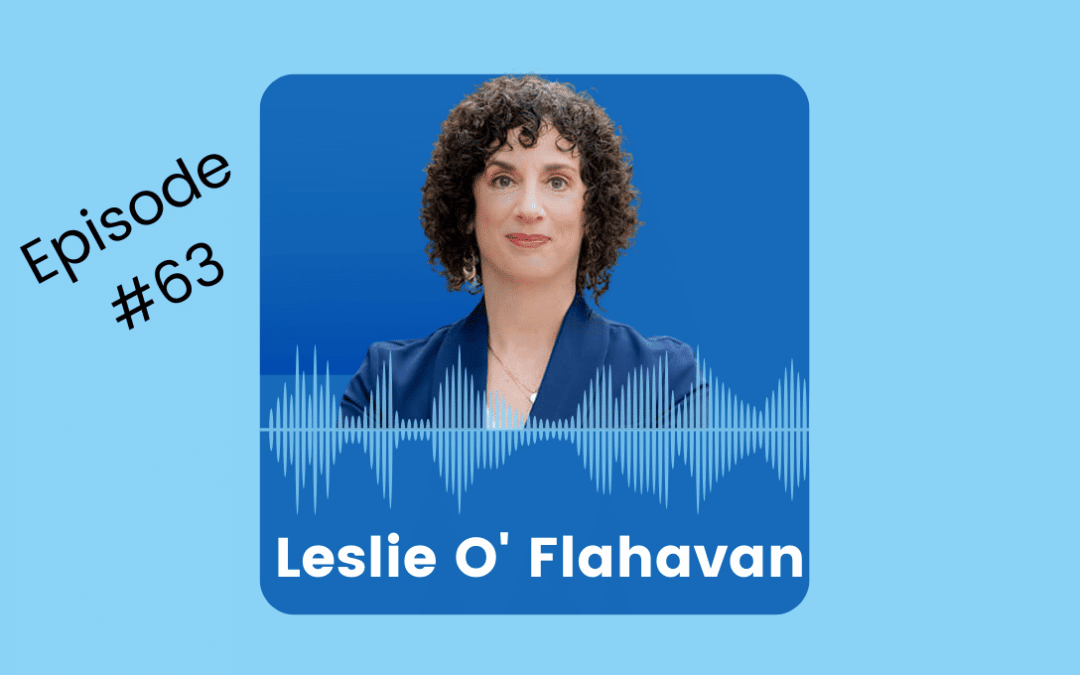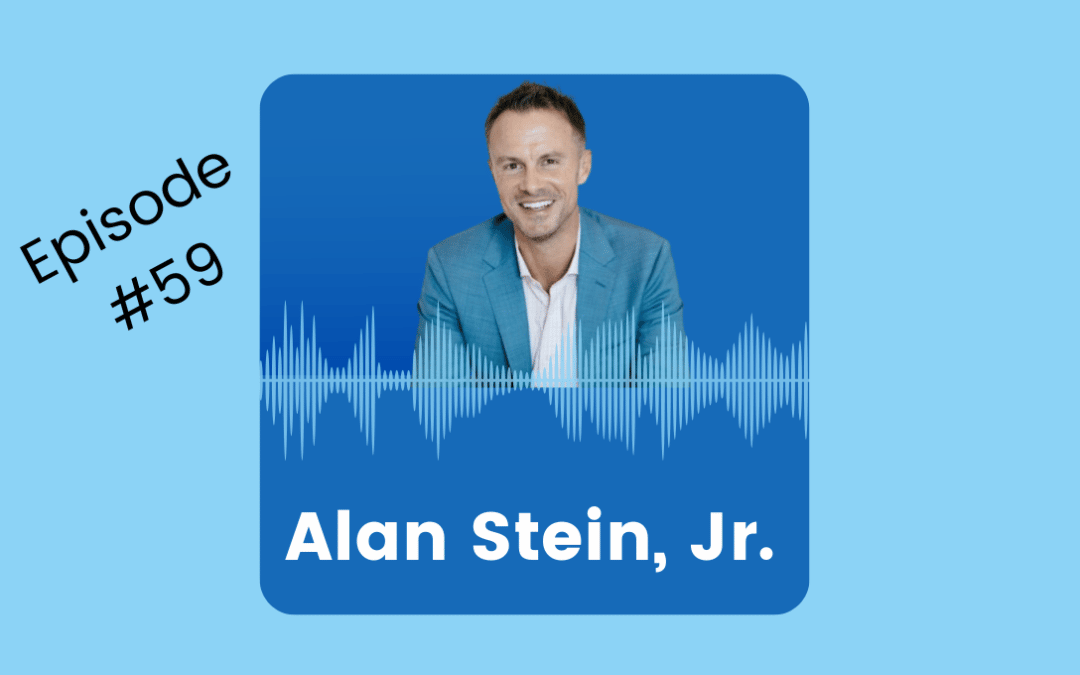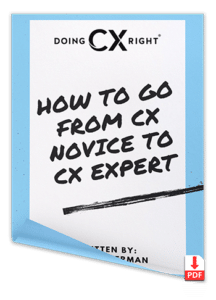What does employee engagement really mean? What are key drivers pertaining to customer care and call center success that ultimately impacts customer loyalty? I answer these questions along with other customer service professionals to help you achieve better business results in 2022 and beyond. Original article by Call Centre Helper here.
Symptoms that contact centers need to address:
- High attrition and absenteeism rates
- Performance dips
- Health and well-being issues
- Increased pessimism
- An instinct that something isn’t quite right
To help reduce the above challenges, some contact centers have found success in creating engagement plans to meet new hybrid working routines to drive better company culture, knowledge, and behavior.
Six factors of employee engagement and applications to the modern-day contact center:
1. Purpose
What’s your purpose? Is it to serve, sell or retain? Why do employees turn up every morning?
A simple statement should tell all. For NASA, it was to “Put a man on the moon.” Such a collective purpose can prove to be a great motivational tool.

Stacy Sherman
Yet this principle can be taken to a much more granular level, as Stacy Sherman, an Employee Engagement Expert at Doing CX Right, tells us.
“Train supervisors to lead with the ‘why’,” says Stacy. “This should come before the ‘how’, as then advisors understand the meaning in what they do.”
Doing this takes purpose beyond a vague statement. It needs to be driven into the contact center’s core. Building a framework around the purpose can, therefore, be a great idea.
Such a framework starts with measuring the right things. For example, if the purpose relates to delighting customers, target performance metrics over productivity metrics.
Of course, to steady the ship, productivity metrics have their place. However, it’s better to avoid managing by them.
Other ideas for creating a plan to establish a purpose that sticks with advisors and spurs them on are best built specifically for that purpose. Employee engagement ideas include:
- Set realistic targets that are obtainable
- Ensure advisors know the significance of their contribution to the purpose
- Give advisors feedback on their contribution to the purpose
2. Customer Obsession
If employee engagement increases but customer experience metrics do not, the contact center is measuring engagement wrong. Linking these two topics is crucial.
After all, an employee may be having a good time at work – which is nice – but it doesn’t mean that they’re working well. Customer obsession is the missing piece.
The first step in getting this right is to equip advisors with the necessary knowledge and reskill them. Contact handling skills are, therefore, paramount – alongside knowledge management.
With good knowledge at their fingertips, advisors can focus on delivering customer-centric service, rather than product-, process- or procedure-centric service.
An employee may be having a good time at work – which is nice – but it doesn’t mean that they’re working well.
To embed such a focus within a contact center’s ethos, bring the customer into the contact center, as Natalie Calvert, founder of CX High Performance, recommends.
“Think about the advisor desktop, communication, team huddles and consider: how are you bringing customer-centricity into your DNA?” says Natalie Calvert.
Embedding the customer into each of these areas is a great starting point. Then, back that up by following some of the best practices highlighted below:
- Share great examples of customer-focused service
- Engage in informal conversations that put customers at the forefront of the team’s mind
- Research what drives customer satisfaction and apply findings to quality scorecards
On this last point, discover our advice for identifying important satisfaction drivers by reading our article: How to Get More From Your Customer Satisfaction (CSat) Scores
3. Culture and Community
In a hybrid world, what initiatives are bringing together culture and community? What activities are ensuring that there aren’t lots of individual, isolated people working from home?
Don’t think outside of the box on this. Consider the tangibles that are reinforcing the culture. Here are 18 – split into two categories – to consider from the get-go.

Consider the tangibles that are reinforcing the culture. Here are 18 – split into two categories – to consider from the get-go.
Of course, there will be organization-wide activities that coincide with some of the topics listed. But those need reinforcing with internal plans. After all, it’s an unrealistic expectation that advisors will stay motivated by one activity every month or two. There needs to be regular intervention.
“Charities are a great way to bring people together around common causes – especially if they have some sort of impact on individuals within the contact centre,” says Natalie.
So, to foster a positive community, set up regular cake sales, collections and volunteering opportunities for a charity. Other ideas include:
- Create online communities (and keep them active!)
- Develop skill pills – i.e. short, sharp skills interventions
- Run home visits and wellness sessions to improve well-being
4. Structural Development
Now working from home, how can advisors become active and valuable members of the team?
Developing long-term career and training plans is crucial so that advisors feel they’re progressing within their role.

Natalie Calvert
“Start with a broad training and development plan for everybody, launch that as an exciting initiative, tie it in with certifications and assessment, before framing the initiative as an investment in the team’s future,” says Natalie.
“With that in place, bring in the one-to-one sessions and personalize the plan. Identify which routes are best suited to each individual.”
Once these development plans are set in stone, schedule conversations to ensure that advisors remain on track and engaged by them. Such interactions may include:
- Annual formal conversations
- Six-monthly conversations
- Quarterly check-ins
- Monthly reviews
While this may seem like a lot, tie it in with performance improvement conversations. This kills two birds with one stone.
Yet, before fixating on performance improvement ideas to engage advisors, here are a few extra pointers for improving structural development.
- Conduct stay interviews
- Create mentoring opportunities
- Offer the team pet projects to further future skills
Struggling to put together a structural development plan? Try out some of the initiatives in the following article: 10 Career Progression Opportunities to Offer Your Team
5. Performance Improvement
Organizations aim to improve every year. That improvement rate is often defined within the contact center’s budget – with the ultimate aim of increasing output for less spending.
Contact centers, therefore, need more from their people for less. Quality needs to go up, year on year. Yet this doesn’t happen often. Contact centers do what they’ve always done.
To put an end to this problem and bolster performance, separate performance improvement away from being an HR issue and create a clear plan.
“The plan should be numbers-led, from the top down to every single individual,” says Stacy Sherman. “Each advisor should also have a ‘guide path’ – so they know what’s expected from them – and personalized coaching to deliver against.”
Articulating what good looks like is key. Quality scorecard criteria should reflect this.
If advisors can see how well they’re performing against such criteria, that will spur them on to keep getting better. After all, most people come to work to do a good job.
To further engage advisors through performance improvement, other employee engagement ideas include:
- Ask the team: what’s not working? Then act on the feedback
- Hold morning huddles to instill a positive spirit from the get-go
- Train leaders to tune into advisor behaviors and offer pick-me-ups
Uncover lots more advice for steadily improving advisor performance in our article: How to Improve Agent Performance in the Call Centre – With a Checklist
6. Reward and Recognition
Don’t rely solely on gamification. There needs to be a wider program of reinforcement.
The broader role of leaders is to find out what motivates an individual, click into that and motivate them.
After all, contact center games will never come close to achieving the engagement that advisors have with their consoles at home.
So, while gamification can bring many benefits, remember that it’s not the be-all and end-all. It’s just one part of reward and recognition.
The broader role of leaders is to find out what motivates an individual, click into that, and motivate them.
Next, ensure fairness. Parity across the contact center is essential. Reward schemes can be just the ticket, ensuring that people know what to expect in return for excellent performance.
Other notable factors of a good reward and recognition scheme include relevance to key contact center goals, regular updates, and behavior conditioning to drive customer success.
Yet that’s not all. Here are some final tips and tidbits:
- Celebrate team successes as well as individual achievements
- Provide immediate consequences for good behaviors
- Recognize personal preferences when rewarding advisors
For an extended guide to creating a great reward and recognition scheme, check out our article: How to Improve Your Employee Reward Schemes – With Examples
Creating a Plan for These Engagement Drivers
The classic excuse for failing to meet each of these six employee engagement drivers is that there isn’t enough time to make a plan.
Yet sitting down and creating a strategy for each driver – with short-, medium- and long-term goals – takes only a few hours.
Just open up a spreadsheet, create a matrix – similar to the one below – and fill it up, incorporating voices from every level of the contact center, ensuring that everyone feels heard.

An example Employee Engagement Matrix
Of course, interventions need planning and roles require defining. Yet, by doing so, the contact center kickstarts a massive activity to take engagement to the next level.
What are your tips to increase employee engagement at your call center and throughout your organization? I’m interested to hear.










